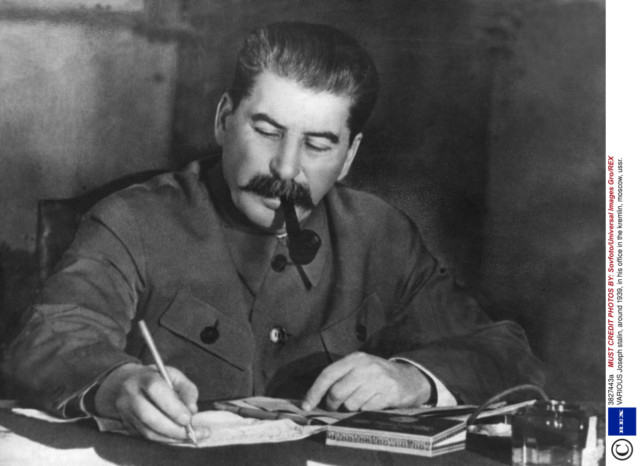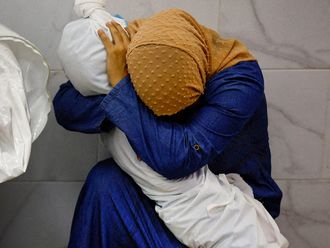Moscow: A century ago, on October 25, 1917, Lenin’s Marxist Bolsheviks took control of Russia’s imperial capital, launching the October Revolution that led to the creation of the Soviet Union.
Although the Bolsheviks were in a political minority, they painstakingly prepared their coup, benefiting from a power vacuum in the country at the height of the First World War.
When and where?
The date of October 25 follows the Orthodox Julian calendar, which was in use at the time in Russia.
It corresponds to November 7 in the Gregorian calendar, which is used in most of the world. Russia switched to this calendar after the Revolution.
How the October Revolution unfolded
Russia confronts past in teaching of 1917 revolution
Expatriates look back on Russian Revolution
100 years after Russian Revolution: Thinking of the past evolves
Putin denounces Soviet founder Lenin
Petrograd was the name given to Russia’s imperial capital Saint Petersburg at the beginning of the First World War, with the aim of making it sound less Germanic and more Russian.
The city is the site of the Winter Palace, a symbol of Tsarist absolutism that is now the Hermitage art museum.
It was called Leningrad during Soviet times but reverted to its original name, Saint Petersburg, after the collapse of the Soviet Union in 1991.
The February revolution
Unrest started when demonstrators, angry over the scarcity of food, took to the streets of Petrograd on February 23, 1917, according to the Julian calendar.
Supported by thousands of people, in just two days the protest transformed into a mass strike and Tsar Nicholas II deployed the army.
The troops were meant to contain the uprising but instead began to take the side of the protesters.
After a week of unrest, the last Tsar abdicated on March 2, 1917, at the military’s urging, as he watched his conflict-torn country spiral into chaos.
A fragile, provisional government headed by Alexander Kerensky took over.
Lenin returns
After more than a decade of self-imposed exile in western Europe, revolutionary leader Vladimir Ulyanov — alias Lenin — returned to Russia on April 3, 2017.
Although Russia was at war with Germany at the time, the German authorities allowed Lenin and other dissidents to cross Germany on their way to Petrograd, in the hope it would undermine the Russian war effort.
Upon his arrival, Lenin addressed Bolshevik supporters, denouncing the provisional government and those calling for reconciliation with the monarchists.
In July, Bolshevik organisations were outlawed by the provisional government and Lenin fled to Finland, returning to Russia later that year to lead the October Revolution.
Leon Trotsky, head of the Bolsheviks’ Military Revolutionary Committee, prepared the coup, styling himself as the army chief.
His first decision was to negotiate immediate peace terms with Germany and the Austro-Hungarian empire.
Attack on the Winter Palace
On the night between October 25 and 26, the warship Aurora, staffed with mutineers, fired a blank shot from the Neva River at the Winter Palace, signalling the start of an assault on what had become the seat of the provisional government.
Led by Trotsky, Bolshevik forces took control of Petrograd’s key infrastructure and government buildings before seizing the Winter Palace, which was guarded by a disorientated motley crew of some thousand, almost without resistance.
Kerensky’s attempts to organise resistance failed and he escaped.
Power had changed hands.
Lenin’s government
On October 27 Lenin formed a body known as the Council of People’s Commissars — or ‘Sovnarkom’ — that laid the foundation of the Soviet Union.
Future Soviet leader Joseph Stalin and Trotsky were council members.
Lenin refused to share power with moderate leftists who had resisted the Bolshevik coup, leading him to create security forces that executed and imprisoned those he viewed as enemies.
The ex-Tsar and his family, who had been moved to Yekaterinburg in the Urals after the abdication, were killed by the Bolsheviks in 1918 and their remains hidden — the locations of the bodies remained a secret for much of the 20th century.
Lenin’s government, which established a “dictatorship of the proletariat”, went on to fight a bloody civil war against anti-Bolshevik White Army forces. The Soviet Union was established in 1922 after their defeat.













